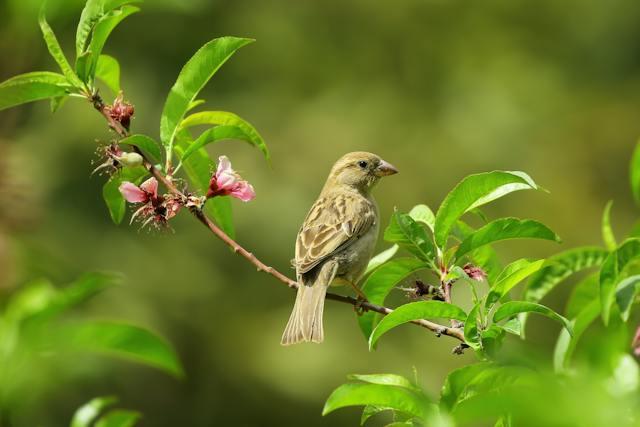
Introduction
A wildlife-friendly garden not only adds beauty to your outdoor space but also provides a habitat for birds and beneficial insects. By incorporating specific plants and features into your garden, you can attract these creatures and contribute to biodiversity and ecological balance. In this guide, we will explore various plants and features that can help attract birds and beneficial insects to your garden.Native Plants
Include a variety of native plants in your garden as they provide food and shelter for local wildlife. Native plants have evolved with local wildlife and offer a natural habitat. Research native plants in your region that are attractive to birds and beneficial insects. For example, flowering plants like coneflowers, milkweed, and sunflowers are loved by bees, butterflies, and hummingbirds.Berry-Producing Shrubs and Trees
Plant berry-producing shrubs and trees to provide a food source for birds. Examples include serviceberry, elderberry, and holly. These plants not only attract birds but also offer beautiful foliage and seasonal interest.Flowering Plants for Nectar
Include a variety of flowering plants that provide nectar for beneficial insects, butterflies, and hummingbirds. Choose plants with different bloom times to offer a continuous nectar source throughout the seasons. Some popular choices include bee balm, salvia, lavender, and butterfly bush.Native Grasses and Wildflowers
Incorporate native grasses and wildflowers into your garden to attract a diverse range of beneficial insects. These plants provide shelter, nesting sites, and food for insects like bees, butterflies, and ladybugs. Native grasses, such as switchgrass and little bluestem, also provide cover for ground-dwelling birds.Water Features
Install a birdbath, pond, or small water feature to attract birds and provide a water source. Make sure the water is clean and accessible for birds to drink and bathe. Adding rocks or shallow areas in a pond can provide safe spots for insects and amphibians.Nesting Boxes and Birdhouses
Hang birdhouses and nesting boxes in your garden to provide shelter and nesting sites for birds. Research the specific requirements for different bird species in your area and provide appropriate houses. Place them in locations that offer protection from predators and comfortable conditions.Insect Hotels
Build or purchase insect hotels to provide nesting places for beneficial insects like solitary bees and ladybugs. These hotels consist of various materials like bamboo, logs, and pinecones, providing shelter and nesting opportunities for insects that help with pollination and pest control.Avoid Chemicals
Minimize or eliminate the use of pesticides and herbicides in your garden. These chemicals can be harmful to birds, insects, and other wildlife. Embrace natural pest control methods like companion planting, beneficial insect release, and handpicking pests to maintain a healthy balance in your garden.Conclusion
Creating a wildlife-friendly garden is a rewarding way to support biodiversity and contribute to the well-being of birds and beneficial insects. By incorporating native plants, berry-producing shrubs, flowering plants for nectar, native grasses, water features, nesting boxes, insect hotels, and avoiding chemicals, you can attract a diverse range of wildlife to your garden. Enjoy the beauty and harmony of a garden teeming with birds, butterflies, bees, and other beneficial insects while contributing to the conservation of our natural world.
Article
Be the first comment
Elite Article














